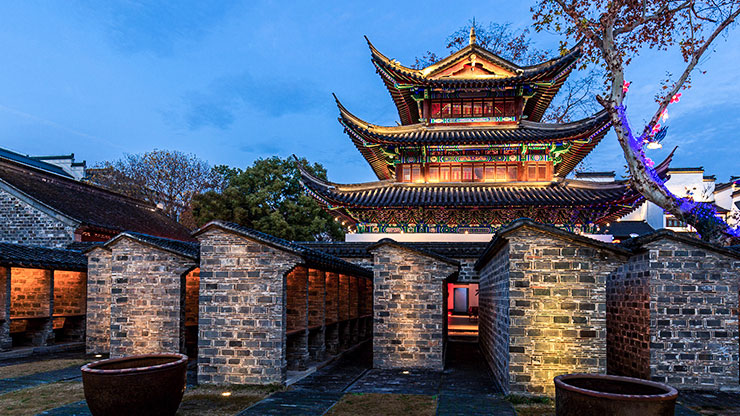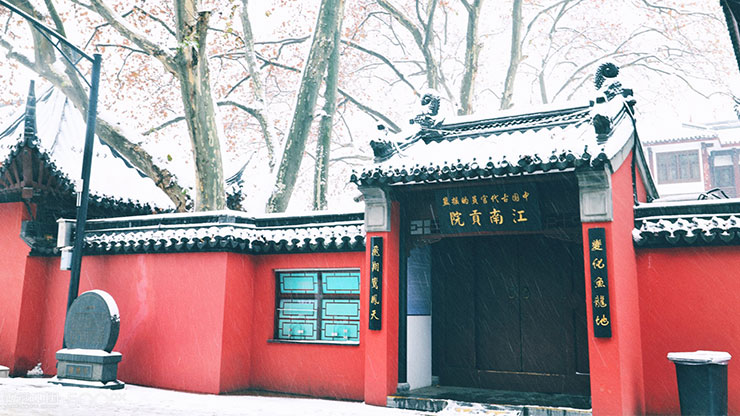- Address: 1,Jinling Street, Confucius Temple, Qinhuai District, Nanjing City
- Address in Chinese: 江苏省南京市秦淮区金陵路1号
- Hours:
- Website: www.jngy.org
Located on the Qinhuai River, Jiangnan Imperial Examination Hall in history was an imperial examination venue in ancient China with the largest number of talents elected, the largest scale and the most extensive influence. Constructed in the fourth year of Qiandao period in the Southern Song Dynasty (1168), the Hall had been expanded many times and reached its climax during the reign of Guangxu, Qing Dynasty, occupying an area of about 300,000 square meters, with 20644 examination cells. More than half of the officials in the Ming and Qing Dynasties came from the Hall and in the Qing Dynasty alone, there were 112 applicants who got the title “Zhuangyuan”, as many as 58 of whom came from the Hall, so this Hall was called "the cradle of officials in ancient China".
At present, Nanjing Imperial Examination Museum of China, based on the relics of Jiangnan Imperial Examination Hall, is the biggest theme museum related to imperial examination. The Museum, occupying an area of 27,000 square meters, is divided into two major parts: above-ground and underground sections. The Museum underground section has five exhibition areas, thirty-three exhibition halls. They show the development of imperial examination system, the course of ancient students taking imperial examinations, the social influence of success in imperial examination, the relationship between Jiangnan Imperial Examination Hall and city culture of Nanjing, and the influence of imperial examination culture on modern and contemporary exams and the influence on the formation of civil service system in East Asia and the West. Above-ground part still conserves cultural relics of the Ming Dynasty, including Mingyuan Building and Feihong Bridge, Kuixing (Test God) Pavilion and 25 tablet inscriptions recording significant events about the history of Jiangnan Imperial Examination Hall. These two parts are formed as a whole, complementing each other, and visitors will discover a vivid and complete history of imperial examination culture during their visits.
In future, further efforts will be made to make the Museum become a show center of imperial examination culture of China, a protection center of its cultural relics and a research center of its system.

